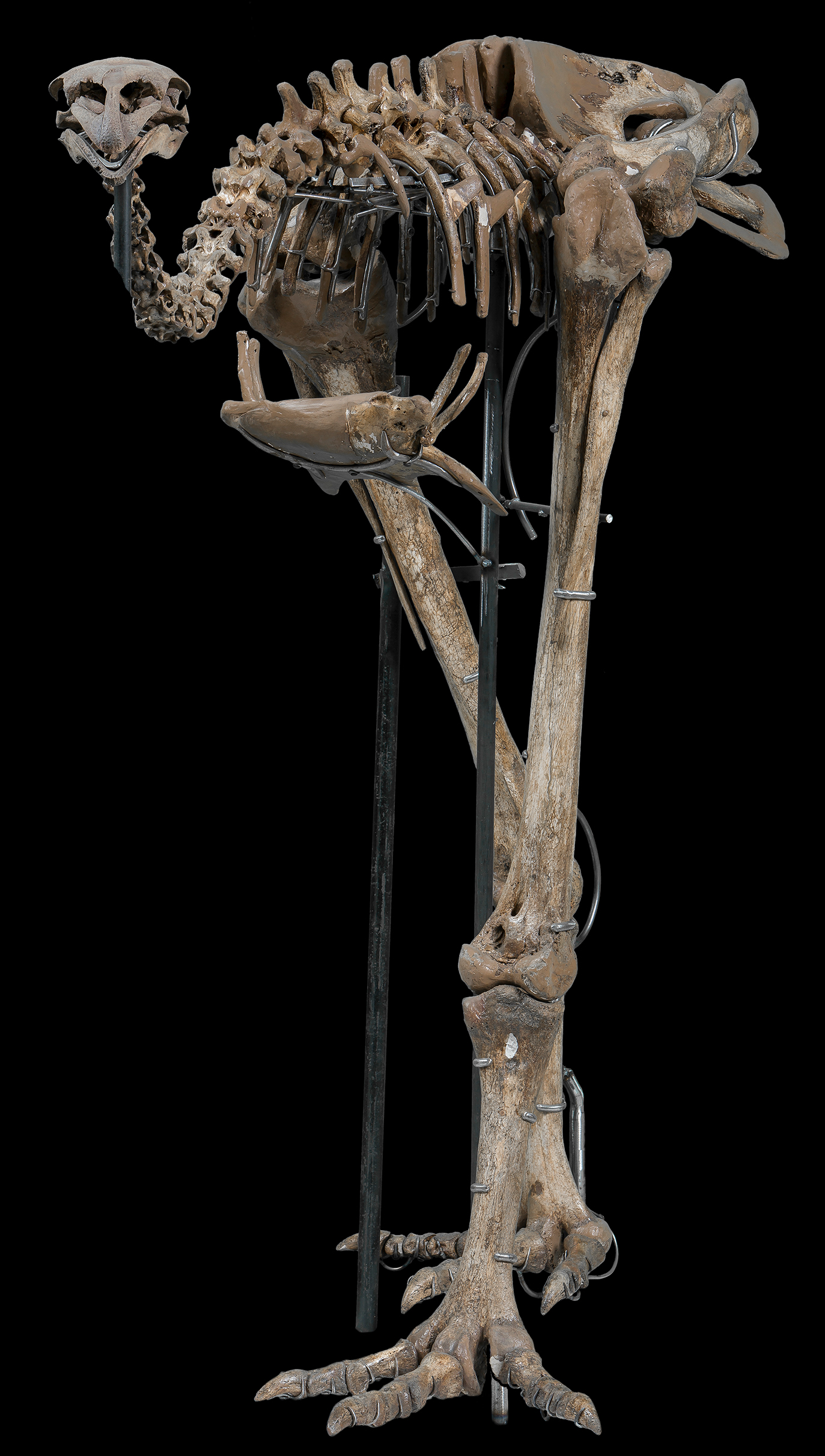
The Rise of Humans

Humans have always been curious explorers. We embarked from Africa not long after our species evolved there, at least 200,000 years ago, and we occupied environments worldwide. Human ingenuity led to the development of more powerful tools and weapons, which we increasingly used to convert and control nature. We became top predators and a global, fast-paced force of nature. Our impact has been so profound that a new geologic epoch has been named for us: the Anthropocene, or Age of Humans. Our species has also evolved the capacity to learn from the past, plan for our future, debate ideas, and make decisions. We can choose to reduce our impact on the planet, use resources wisely, and improve the fate of other species—and thus avert another mass extinction.

The green sea turtle (Chelonia mydas)—whose ancestors evolved in the Cretaceous—is one of seven species of marine turtle under threat of extinction today.

Human action can avert extinction. Protection and a pesticide ban let our once-endangered national symbol, the bald eagle (Haliaeetus leucocephalus), rebound in increasing numbers.

Once only an eagle species preyed upon the giant flightless moas of New Zealand. After humans arrived, though, Dinornis robustus and eight other moa species all perished within a century or two.